Reportar esta entrada
Más sobre la misma comunidad-colección
George Kinsinger - El Paso Times
Mr. Kinsinger was a member of the staff of the El Paso Times. He ...
Bill Latham, editor de El Paso Times y el Dr. Thomas Barnes
Bill Latham, the El Paso Times editor is to the left. Dr. Thomas ...
Gertrude Goodman y Sarah Lea - El Paso, Tejas
Gertrude Goodman (on the left) was commended by the Senate of ...
James P. Mills, padre de Anson Mills
James P. Mills was born in 1808 in Pennsylvania. He became an ...
Ben Williams - Agente de la Ley de El Paso - El Paso, Texas
Ben Williams operated the Ben Williams Detective Agency in El ...
William Bonney, mejor conocido como Billy the Kid
William Bonney (1859–1881) Billy the Kid was a pathological ...
Abraham Gonzales - Governador de Chihuahua - 1911
Abraham Gonzales was the provisional and constitutional governor ...
Capitan John Hughes - Guardabosques de Texas - El Paso, Texas
In 1886 several horses were stolen from his and neighboring ...
Louise Austin Esposa de James S. Marr
Wife of Col. James Marr, who was the founder of El Paso Transfer ...

















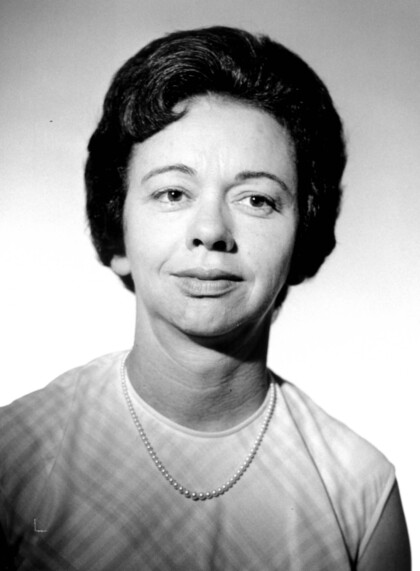
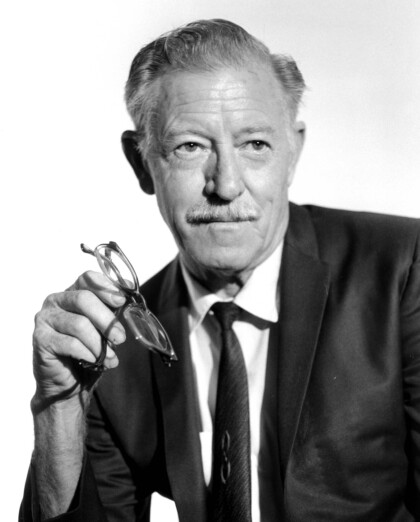
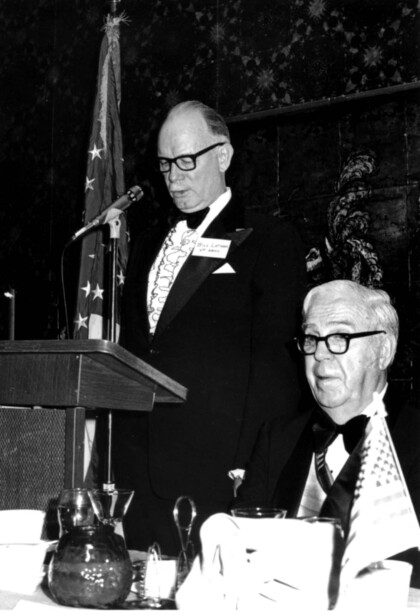
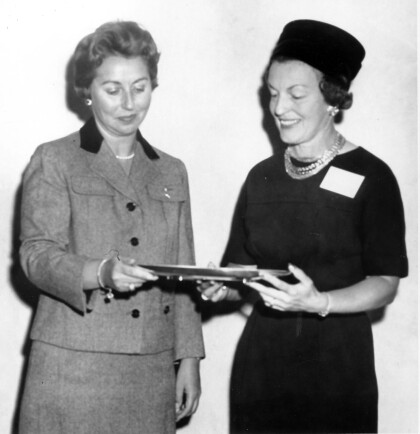
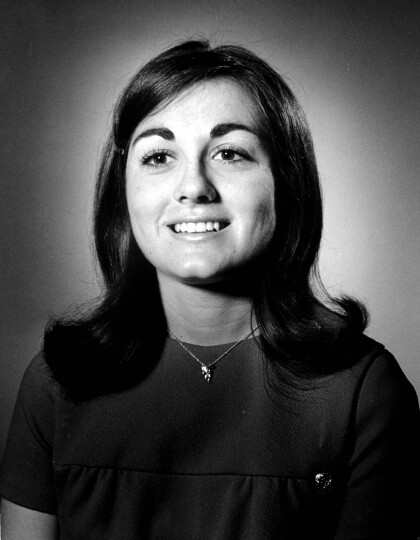
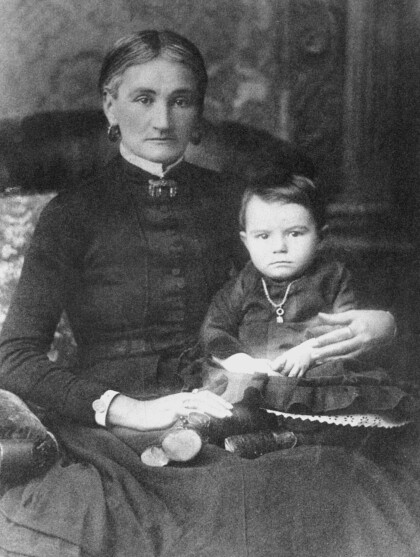
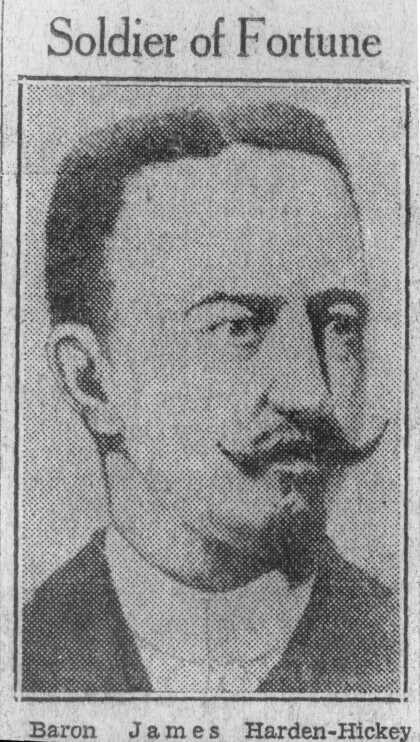
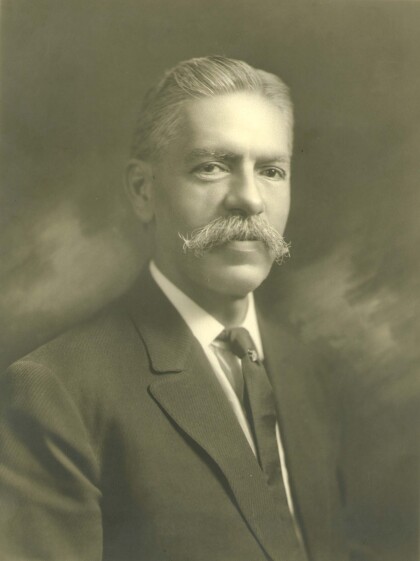
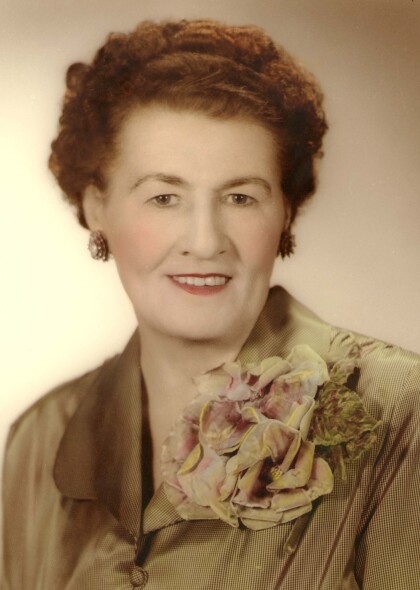
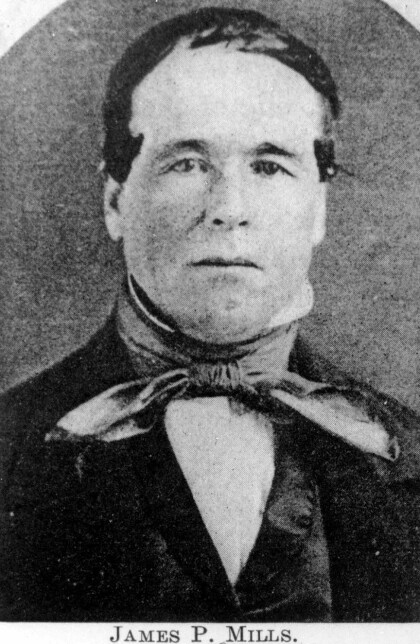
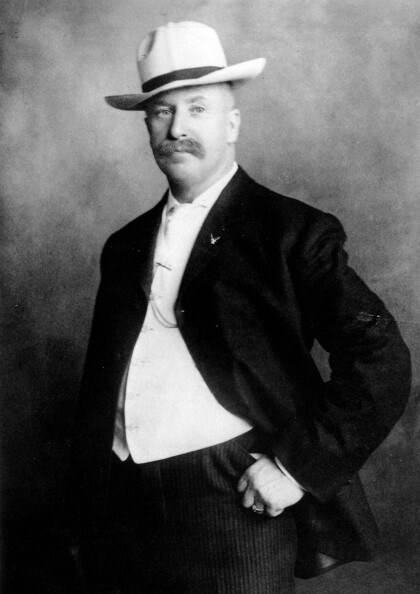
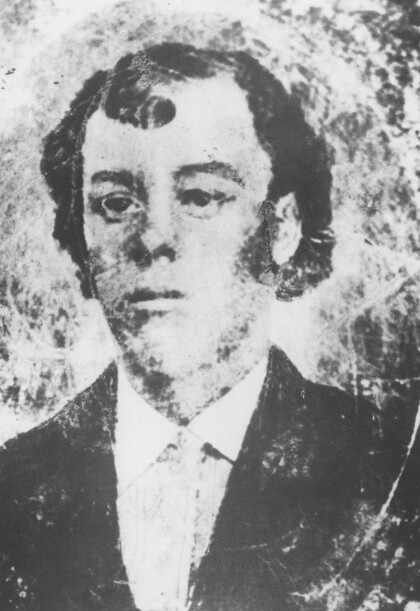
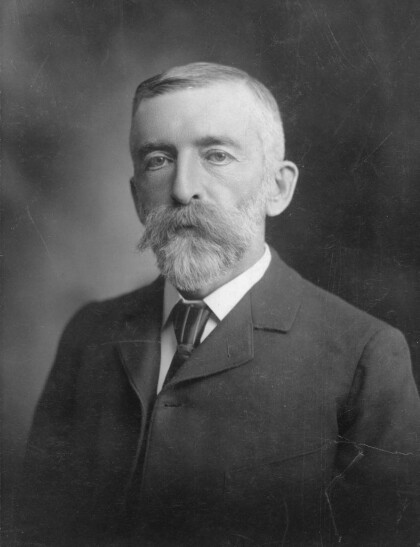
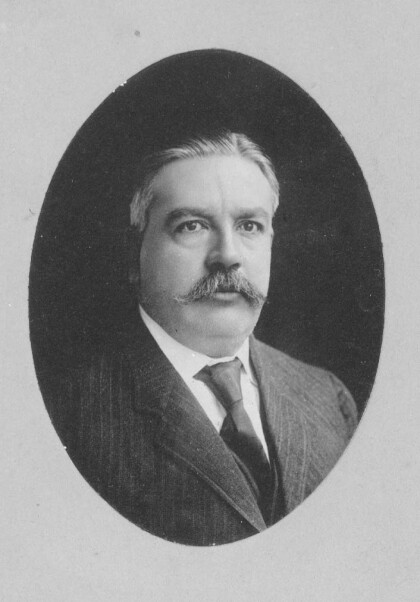
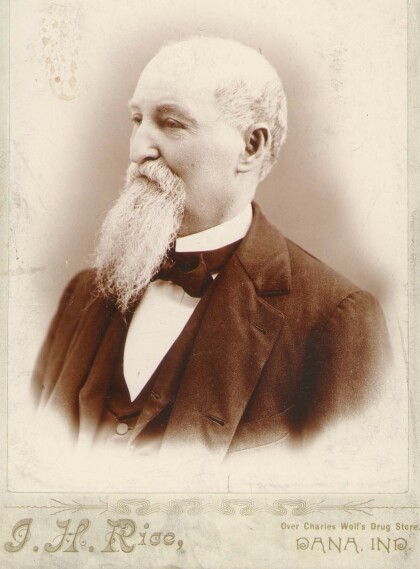
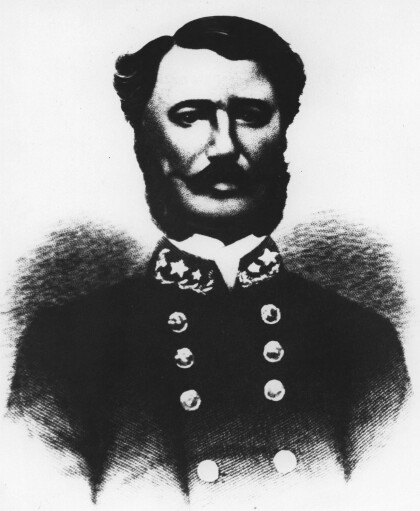
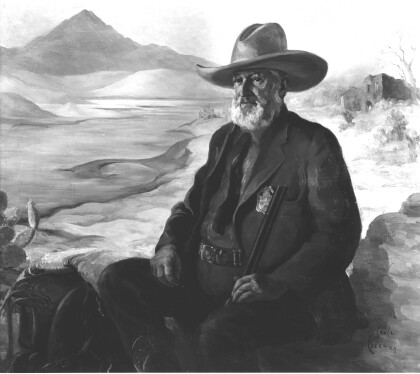
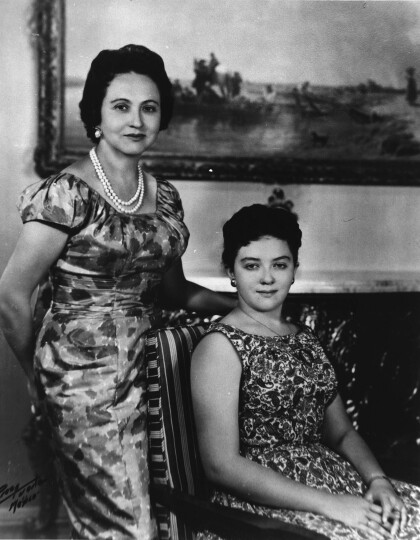
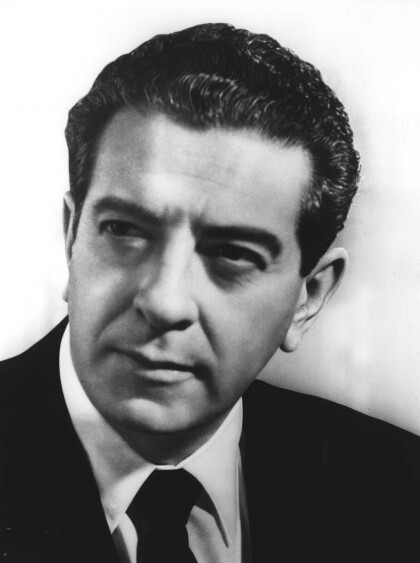
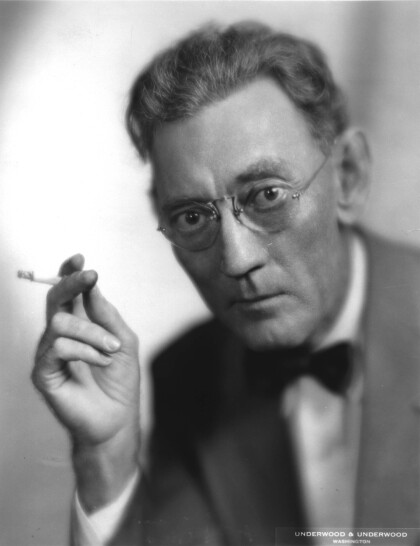
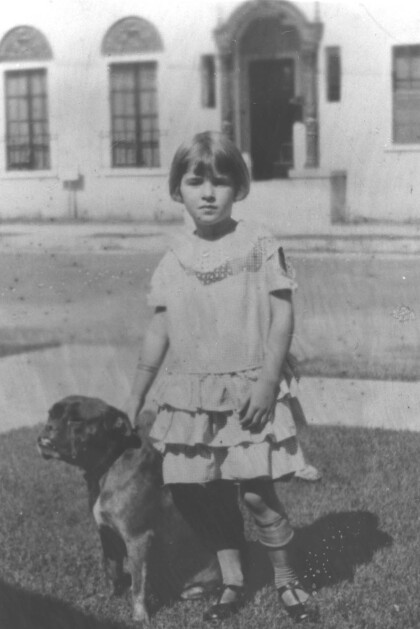
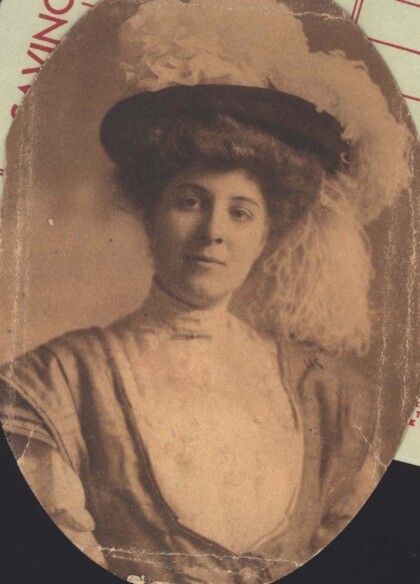
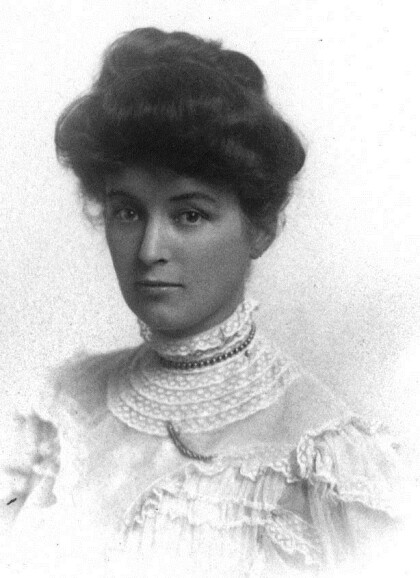
Comentarios
Hacer un comentario